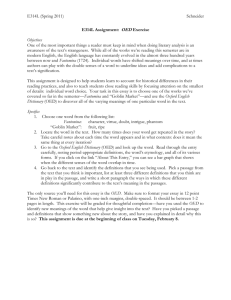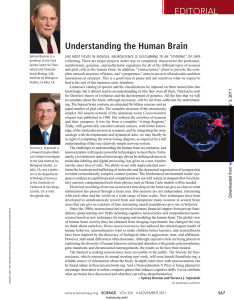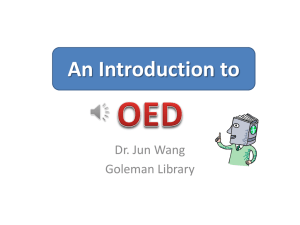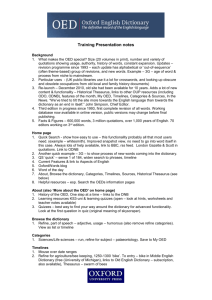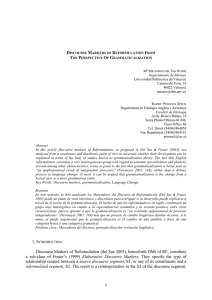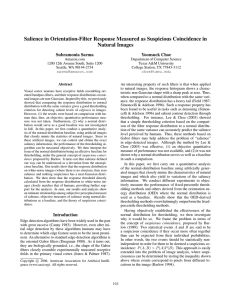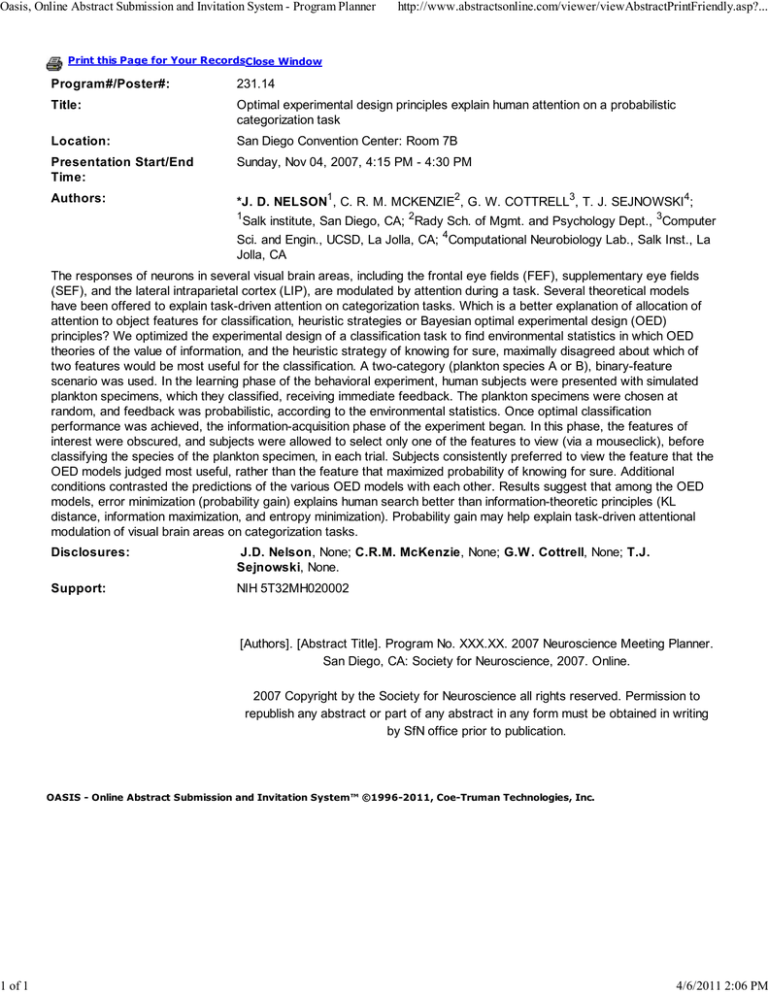
Oasis, Online Abstract Submission and Invitation System - Program Planner
1 of 1
http://www.abstractsonline.com/viewer/viewAbstractPrintFriendly.asp?...
Print this Page for Your RecordsClose Window
Program#/Poster#:
231.14
Title:
Optimal experimental design principles explain human attention on a probabilistic
categorization task
Location:
San Diego Convention Center: Room 7B
Presentation Start/End
Time:
Sunday, Nov 04, 2007, 4:15 PM - 4:30 PM
Authors:
*J. D. NELSON , C. R. M. MCKENZIE , G. W. COTTRELL , T. J. SEJNOWSKI ;
1
1
2
3
2
4
3
Salk institute, San Diego, CA; Rady Sch. of Mgmt. and Psychology Dept., Computer
4
Sci. and Engin., UCSD, La Jolla, CA; Computational Neurobiology Lab., Salk Inst., La
Jolla, CA
The responses of neurons in several visual brain areas, including the frontal eye fields (FEF), supplementary eye fields
(SEF), and the lateral intraparietal cortex (LIP), are modulated by attention during a task. Several theoretical models
have been offered to explain task-driven attention on categorization tasks. Which is a better explanation of allocation of
attention to object features for classification, heuristic strategies or Bayesian optimal experimental design (OED)
principles? We optimized the experimental design of a classification task to find environmental statistics in which OED
theories of the value of information, and the heuristic strategy of knowing for sure, maximally disagreed about which of
two features would be most useful for the classification. A two-category (plankton species A or B), binary-feature
scenario was used. In the learning phase of the behavioral experiment, human subjects were presented with simulated
plankton specimens, which they classified, receiving immediate feedback. The plankton specimens were chosen at
random, and feedback was probabilistic, according to the environmental statistics. Once optimal classification
performance was achieved, the information-acquisition phase of the experiment began. In this phase, the features of
interest were obscured, and subjects were allowed to select only one of the features to view (via a mouseclick), before
classifying the species of the plankton specimen, in each trial. Subjects consistently preferred to view the feature that the
OED models judged most useful, rather than the feature that maximized probability of knowing for sure. Additional
conditions contrasted the predictions of the various OED models with each other. Results suggest that among the OED
models, error minimization (probability gain) explains human search better than information-theoretic principles (KL
distance, information maximization, and entropy minimization). Probability gain may help explain task-driven attentional
modulation of visual brain areas on categorization tasks.
Disclosures:
J.D. Nelson, None; C.R.M. McKenzie, None; G.W . Cottrell, None; T.J.
Sejnowski, None.
Support:
NIH 5T32MH020002
[Authors]. [Abstract Title]. Program No. XXX.XX. 2007 Neuroscience Meeting Planner.
San Diego, CA: Society for Neuroscience, 2007. Online.
2007 Copyright by the Society for Neuroscience all rights reserved. Permission to
republish any abstract or part of any abstract in any form must be obtained in writing
by SfN office prior to publication.
OASIS - Online Abstract Submission and Invitation System™ ©1996-2011, Coe-Truman Technologies, Inc.
4/6/2011 2:06 PM

